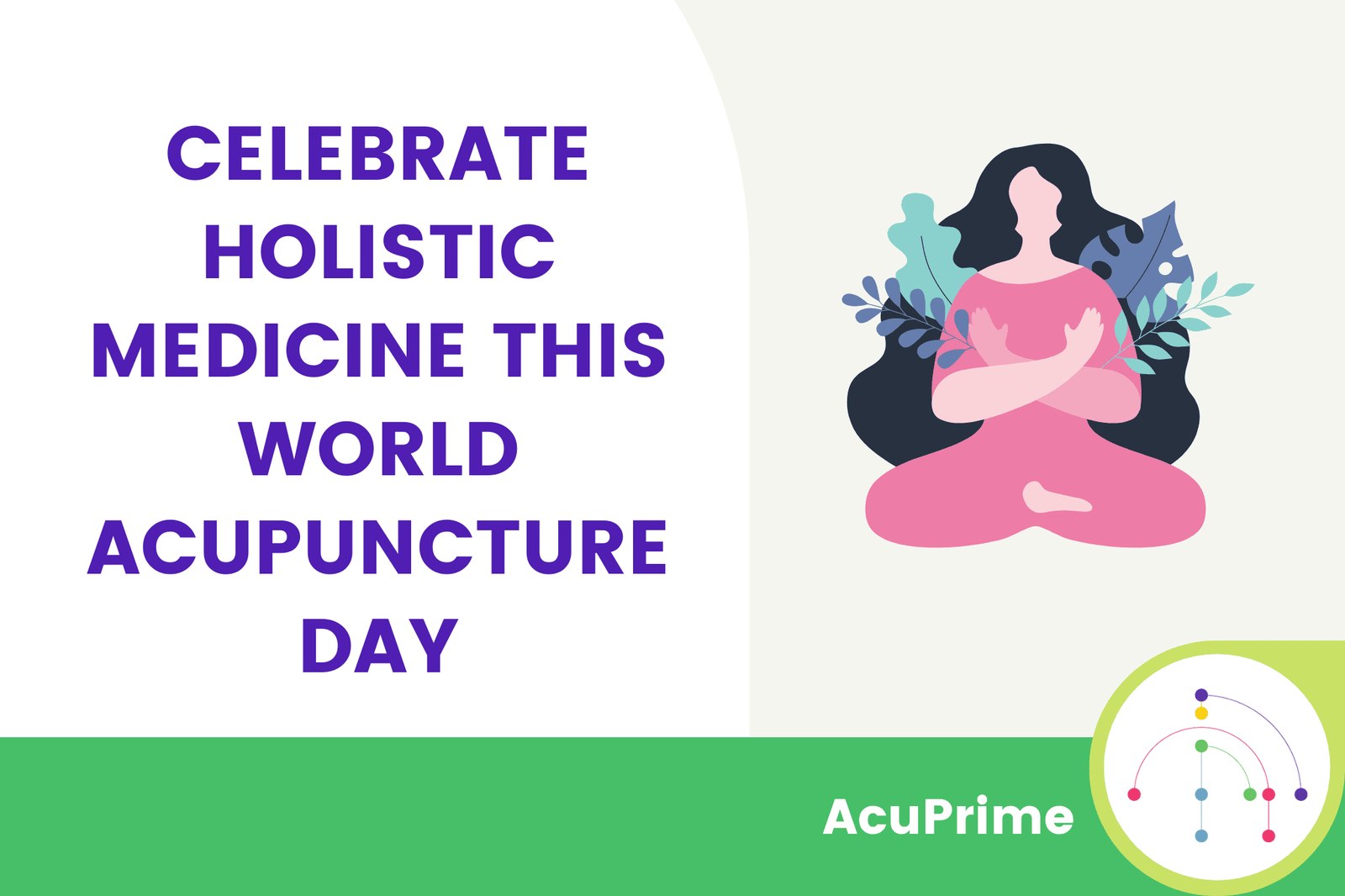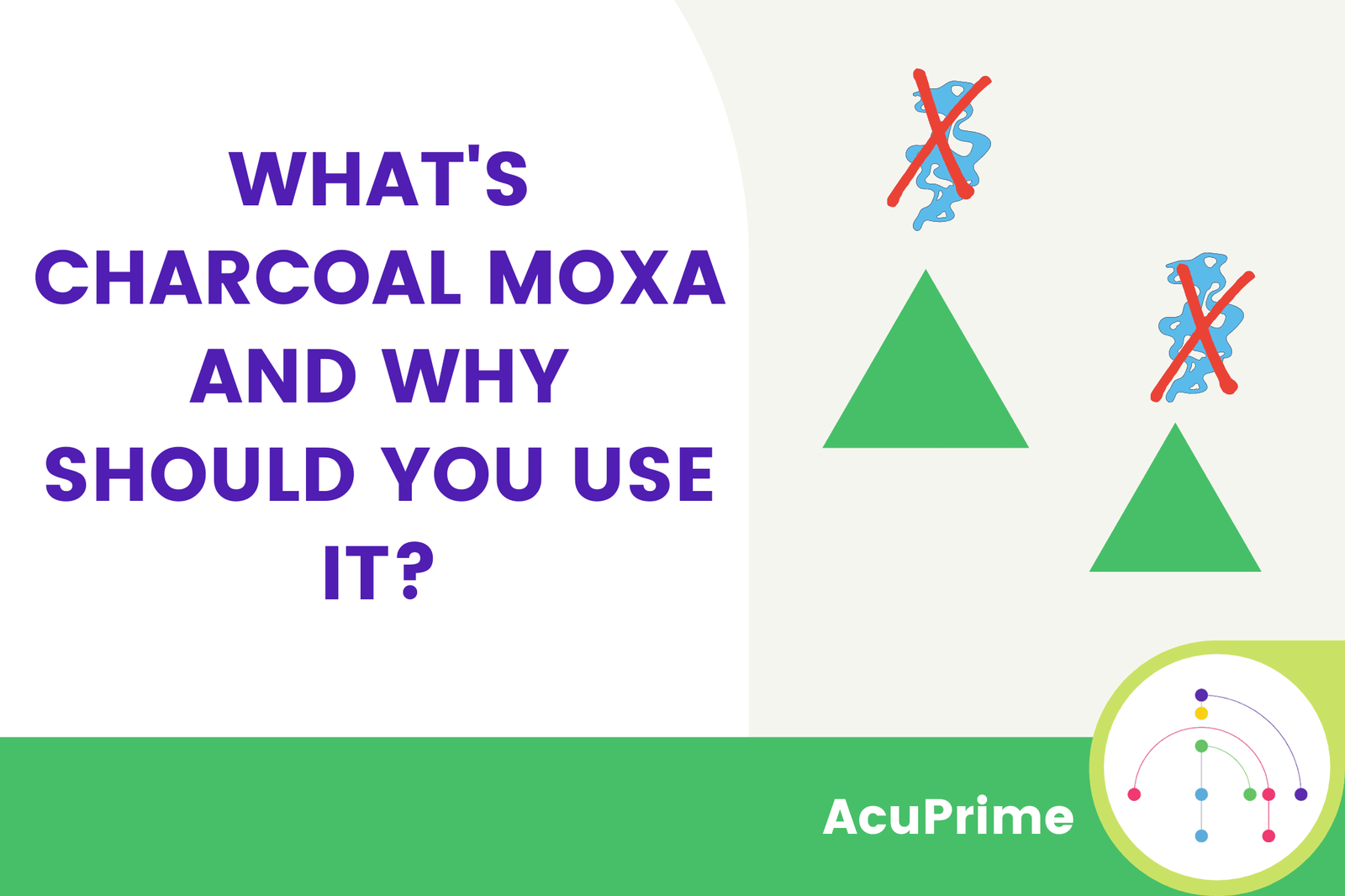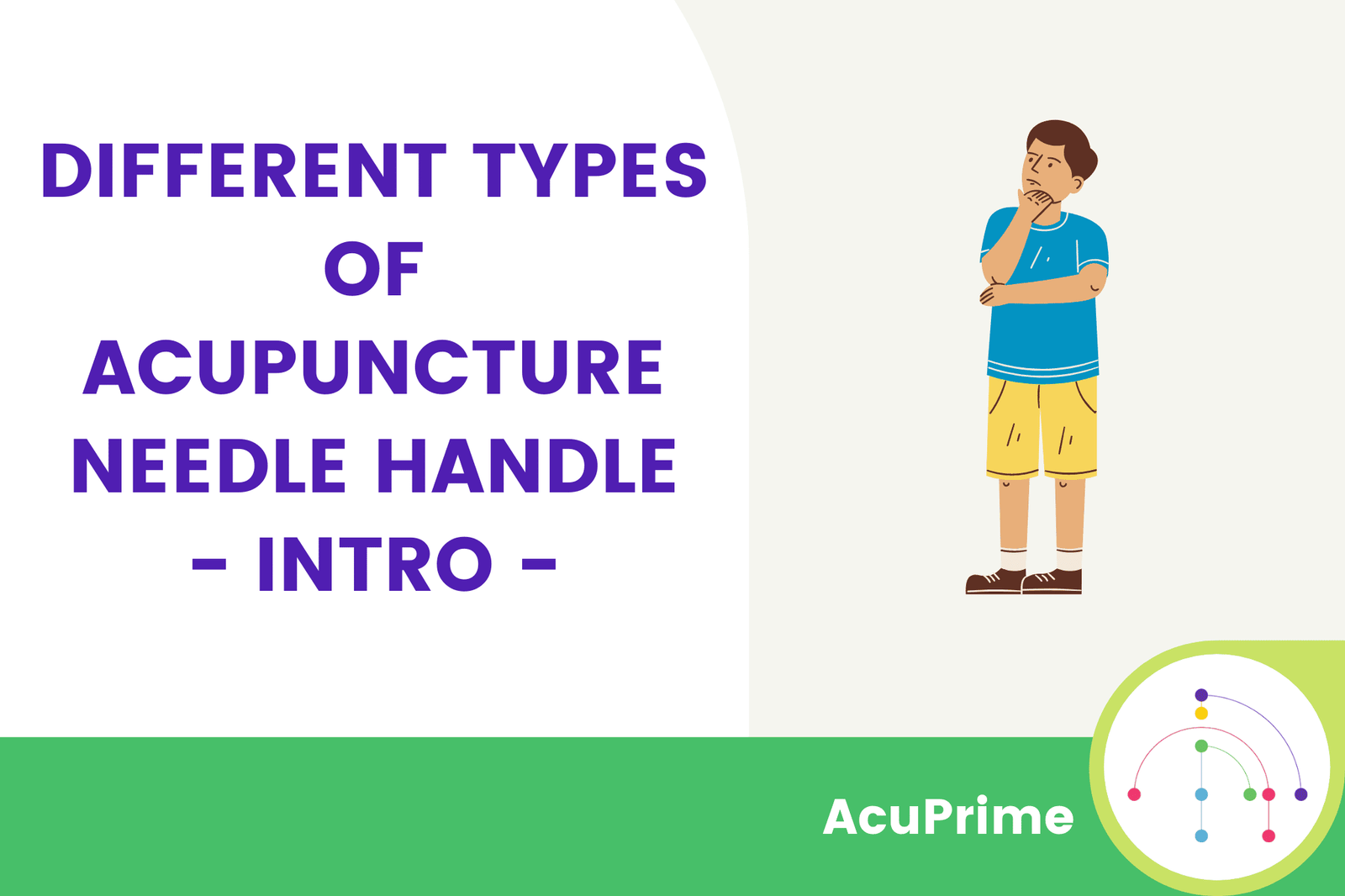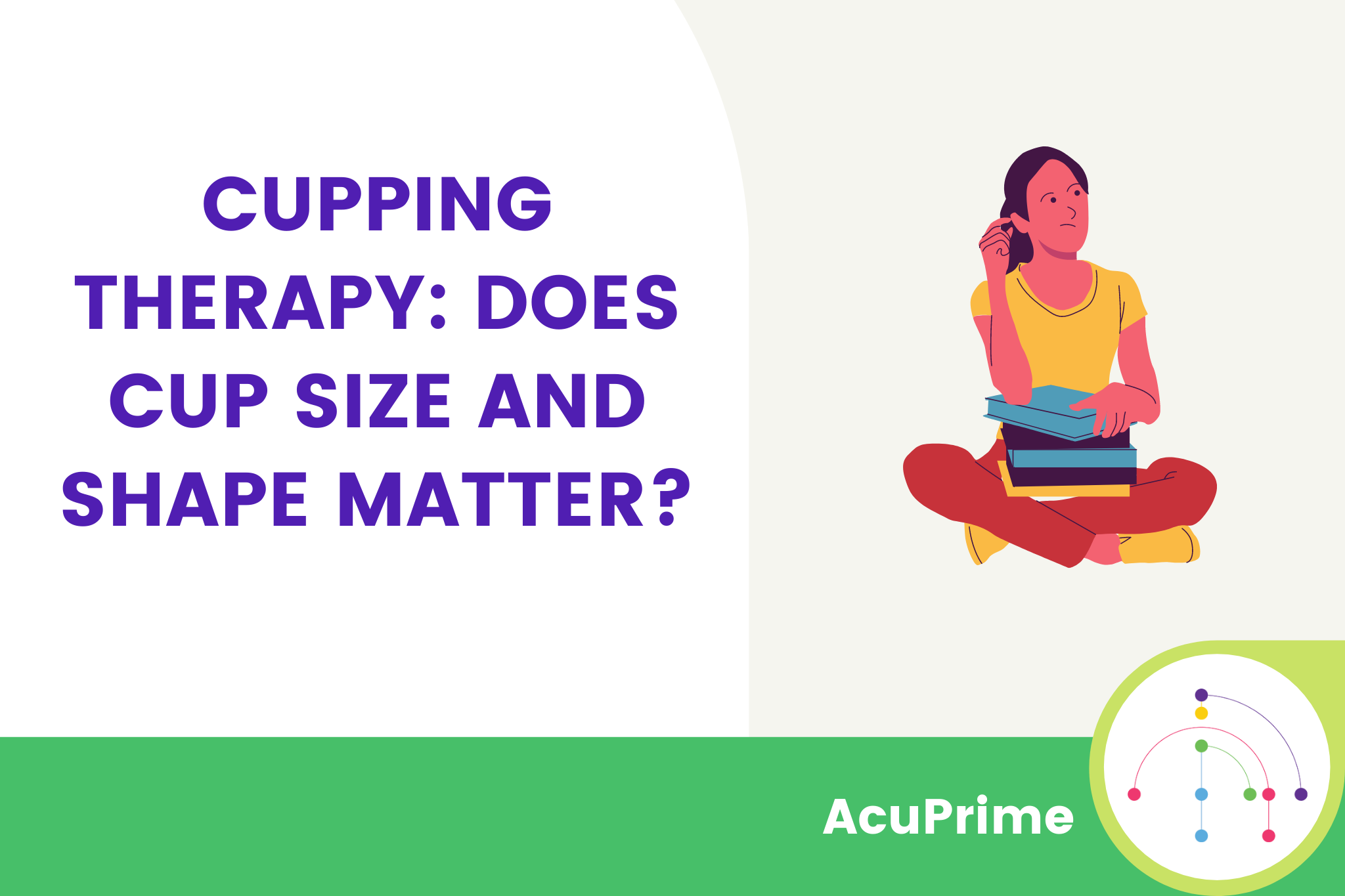The practice of healing and paying attention to the body is as old as humans and ancient systems such as acupuncture have their roots set in history going back two thousand years.
Modern medicine has transformed human and technological progress, allowing our population to rise, become stronger and to live healthier lives. With pain relief, development of vaccines and extraordinary reduction in infections and as well as disease control and treatment, modern medicine is the reason we live such relatively comfortable lives.
But modern medicine has a treatment-first approach. While this is life-changing and life-saving in many situations, it does not address all of healthcare and largely ignores prevention. In short, modern medicine is vital but it cannot do everything by itself.
Complementary and holistic healthcare
Alternative and complementary healthcare is that which falls outside of conventional medicine. If a patient is undergoing conventional treatment and also undertakes unconventional healthcare, it’s counted as ‘complementary’. A good example of this is when patients undergo significant, stressful treatment and turns to mediation, massage and aromatherapy for stress relief.
Unconventional healthcare is so-called when a patient undertakes it instead of going through conventional treatment.
In contrast, holistic healthcare is not defined but involves an approach that looks at the whole body (and mind) instead of purely the condition or injury.
Much confusion arises when discussing these unconventional healthcare practices, partly because they’re often all lumped together, despite many being unrelated and possessing different levels of efficacy (if possessing any at all).
There are some branches of alternative healthcare that have no evidence in their favour whatsoever and others that use the placebo effect (a very real and useful effect). Others still have considerably more research underlining their effectiveness and are working their way into conventional healthcare. Certain uses of acupuncture are a good example of this.
As a result of this confusion, the term ‘alternative medicine’ can lead to some practices being either dismissed as being useless despite their efficacy and others being promoted despite a lack of efficacy.
The benefits of complementary and holistic therapies
Certain complementary and alternative healthcare professions are regulated and those who practice within them are qualified and registered by various governing bodies. These professions are osteopathy and chiropractic.
Regulation doesn’t speak to the effectiveness of treatments but it does mean that only those registered are permitted to call themselves osteopaths and chiropractors. Currently, osteopathy’s manual therapy is considered as an option for treating lower back pain, for instance.
One of the most profound benefits of complementary and holistic therapies is the support they offer the patient. Stress and pain are huge contributors to ill health and the calming effects many patients receive from these therapies are incredibly beneficial.
In addition, the feeling of doing something about their health issues, particularly while waiting for conventional treatment, could help patients manage stress surrounding health issues. As stress can inhibit the immune response, therapies effective in reducing stress can help keep immune systems as strong as possible, aiding recovery and other treatment efficacy.
Some alternative and holistic therapies can be useful for patients who aren’t undergoing conventional treatment and instead are looking for relaxation and general stress relief. This is possibly one of the most useful applications for a variety of therapies. Some therapies are activities that patients may not even realise fall under the complementary and holistic therapy umbrella. Undoubtedly, part of this categorisation is simply the purpose for which you are undertaking the therapy.
Examples of alternative, complementary and holistic therapies are:
- Acupuncture
- Massage
- Meditation
- Mindfulness
- Osteopathy
- Cupping
- Traditional Chinese Medicine
- Yoga
- Aromatherapy
- Ayurveda
Some of these therapies can have a profound, tangible effect on patients’ health and wellbeing. Meditation, mindfulness and yoga are good examples. The NHS also recommends acupuncture for certain conditions where it has been found particularly effective.
Other therapies may release tension, reduce stress and support the placebo effect, all beneficial to patients.
In addition, holistic practices seek to find the underlying cause of health issues rather than just treat the health issue itself. Looking at the whole body including diet, movement and mental health, holistic systems aim to benefit the whole.
Negatives of alternative and complementary therapies
One of the great things about many of these therapies is that there are very few downsides and instead they’re generally safe to pursue along with any conventional treatment patients may be following. There can be certain downsides though, which patients and practitioners should be aware of. These include:
- Eschewing conventional medicine or medical advice in favour of alternative therapies exclusively
- Some herbal medicines can cause significant health problems and negatively affect medicines and contraceptives the patient may also be taking. St John’s Wort being a prime example.
- With unregulated practitioners, a small proportion may make unsubstantiated claims causing patients financial loss
A balanced approach builds a balanced body
There can be no broad brushes when it comes to considering alternative, complementary and holistic therapies as so many types fall under this umbrella. Some, such as yoga and mindfulness, have clear, replicable benefits. Others, such as homeopathy, lack any evidence to support health claims.
However, when it comes to stress relief and feeling proactive, pursuing these types of therapies can have wide-ranging benefits to the individual if they’re mindful of the potential downsides and consult a medical professional whenever needed.
There is abundant room for these types of therapies in modern society as long as practitioners are open and respectful.
Are you interested in pursuing training in alternative and complementary therapies? Check out our guide on training as an acupuncturist in the UK.
Powered bySolar Energy








